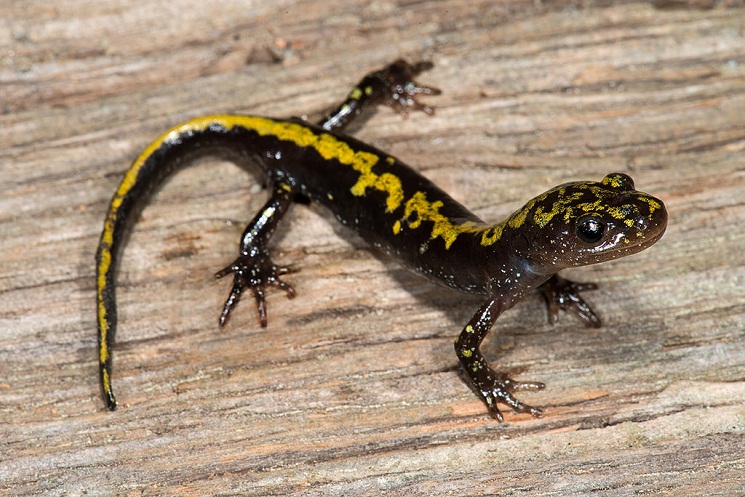Long Toed Salamander

Scientific Name – Ambystoma macrodactylum
Classification – Ambystomatidae
Baby Name – Efts
Collective Noun – Congress, band or maelstrom
Average Length – Around 8 cm (Snout to vent length); Around 14 cm (total length)
Average Weight – Largest specimen weigh around 7.5 g
Speed – Can move fast
Life Expectancy – 6–10 years
Breeding Season – Salamanders living in lower elevation breed in the fall, winter, and early spring whereas salamanders living in higher elevation breed in spring and early summer
Incubation Period – Around 3 weeks
Special Features –The hind limbs have a long outer fourth toe; contains costal grooves; tubercules on feet
Family Unit – Solitary or live in very small groups; perform courtship dance before mating
Geographical Distribution – North America
World Population – Unknown, but believed to be relatively stable
Conservation Status – Least Concern
Natural Habitat – Can be found at an elevation of up to 2800 m in temperate rainforests, coniferous forests, sagebrush plains, montane riparian zones, red fir forests, cheatgrass plains, semiarid sagebrush, alpine meadows along the rocky shores of mountain lakes; lives in slow-moving streams, ponds, and lakes during its aquatic breeding period
Diet – Insects, tadpoles, beetles, worms, small fish
Predators – Garter snakes, small mammals, birds, fish
